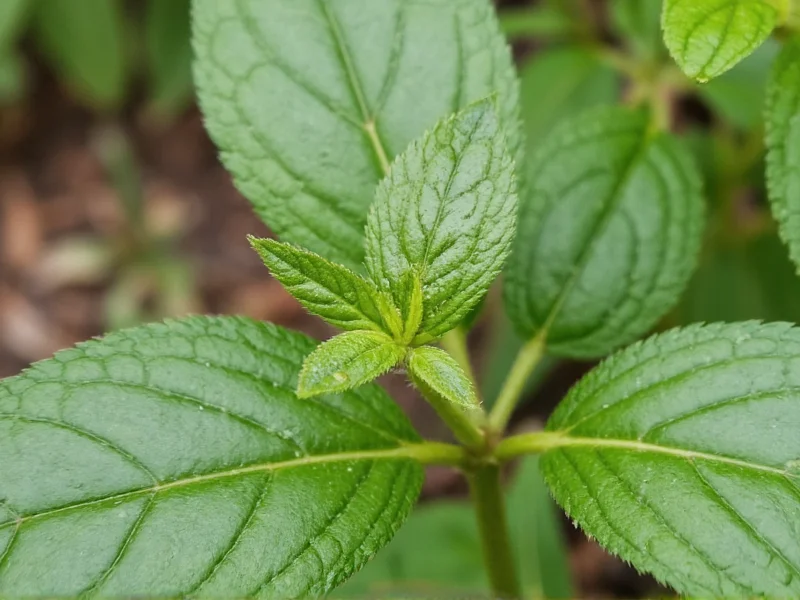Mace, often misunderstood as a separate plant, is intrinsically connected to nutmeg. While nutmeg refers to the seed itself, mace is the distinctive red-orange membrane that surrounds it. When harvested, this membrane is carefully removed, flattened, and dried until it becomes brittle and golden-orange. The resulting spice carries a more delicate, nuanced flavor profile compared to its nutmeg counterpart.
Understanding Mace's Unique Characteristics
Unlike many spices that lose potency quickly, high-quality mace maintains its aromatic compounds remarkably well. The spice contains myristicin, elemicin, and other essential oils that contribute to its complex flavor profile. Whole mace blades preserve their flavor significantly longer than ground mace, which is why serious cooks often prefer purchasing it in blade form.
When evaluating mace quality, look for blades that are bright orange-yellow with minimal browning. Premium mace should have a strong, pleasant aroma when rubbed between fingers. The finest grades come from Indonesia's Banda Islands, though significant production also occurs in Grenada, India, and Sri Lanka.
Mace Versus Nutmeg: Key Differences
While both spices originate from the same fruit, their flavor profiles differ noticeably. Understanding these differences helps cooks make informed decisions about which spice to use:
| Characteristic | Mace | Nutmeg |
|---|---|---|
| Flavor intensity | More delicate, nuanced | Bolder, more robust |
| Flavor notes | Citrus, pepper, floral hints | Woody, warm, earthy |
| Culinary applications | Light-colored dishes, delicate sauces | Hearty dishes, darker sauces |
| Color impact | Imparts golden hue | Less color influence |
Practical Culinary Applications
Chefs value mace for its ability to enhance dishes without overwhelming other flavors. In baking, it complements pumpkin, apple, and pear recipes beautifully. For savory applications, mace shines in:
- Bechamel and other white sauces where nutmeg might discolor the sauce
- Fish dishes and seafood sauces
- Pickling spices and chutneys
- Traditional British meat pies and sausages
- Indian biryanis and certain curry preparations
When using whole mace blades, add them early in the cooking process to allow flavors to infuse properly. Remove before serving, as the blades remain tough even after prolonged cooking. For ground mace, add it toward the end of cooking to preserve volatile aromatic compounds.
Storage and Preservation Techniques
Proper storage dramatically extends mace's shelf life. Whole blades maintain peak quality for 2-3 years when stored in an airtight container away from light and heat. Ground mace loses potency more quickly, typically within 6-12 months. For longest preservation, consider storing mace in the freezer, which slows the degradation of essential oils.
Never store mace near strong-smelling foods, as it readily absorbs surrounding odors. Glass containers with tight-fitting lids provide optimal protection against moisture and air exposure.
Substituting Mace in Recipes
When mace isn't available, several alternatives work depending on the recipe:
- Nutmeg (use 3/4 teaspoon nutmeg for every 1 teaspoon mace)
- Allspice (use half the amount of mace called for)
- A blend of cinnamon and ginger (1:1 ratio)
- Garam masala (for savory dishes requiring complex spice notes)
Remember that substitutions alter the final flavor profile. For authentic historical recipes calling for mace, substitutions may significantly change the intended taste experience.
Traditional and Modern Uses
Historically, mace held significant value in European cuisine during the Middle Ages and Renaissance periods. Apothecaries used it for medicinal purposes, while chefs prized it for flavoring delicate dishes. Today, mace remains essential in:
- Traditional Dutch speculaas cookies
- German lebkuchen
- Scandinavian baked goods
- East African pilau spice blends
- Caribbean curry preparations
Modern chefs rediscover mace's versatility in contemporary cuisine, using it to add complexity to craft cocktails, artisanal cheeses, and even chocolate creations.
Frequently Asked Questions
Is mace the same as nutmeg?
No, mace and nutmeg come from the same fruit but are different parts. Mace is the lacy red covering (aril) surrounding the nutmeg seed. While related, they have distinct flavor profiles—mace offers a more delicate, citrusy flavor compared to nutmeg's stronger, earthier taste.
Can I substitute nutmeg for mace in recipes?
Yes, but with adjustments. Use 3/4 teaspoon of nutmeg for every 1 teaspoon of mace called for in a recipe. Keep in mind that nutmeg has a stronger flavor and may slightly alter the dish's color, making it less suitable for light-colored sauces where mace is traditionally preferred.
How should I store mace to maintain freshness?
Store whole mace blades in an airtight container away from light, heat, and moisture. Properly stored, whole mace maintains quality for 2-3 years. Ground mace loses potency faster (6-12 months). For longest preservation, consider freezer storage in a moisture-proof container.
What are the best culinary uses for mace?
Mace excels in light-colored dishes where its golden hue enhances appearance without discoloration. It's ideal for béchamel sauces, fish dishes, pickling blends, and delicate baked goods like pumpkin pie. Its subtle flavor works well in both sweet applications (cookies, custards) and savory dishes (meat pies, vegetable preparations).
Does mace have any health benefits?
Traditional medicine has used mace for digestive support and as an anti-inflammatory agent. Like nutmeg, it contains myristicin and other compounds with potential health properties, though scientific evidence for specific health benefits remains limited. As with all spices, it should be consumed in culinary amounts as part of a balanced diet.











 浙公网安备
33010002000092号
浙公网安备
33010002000092号 浙B2-20120091-4
浙B2-20120091-4